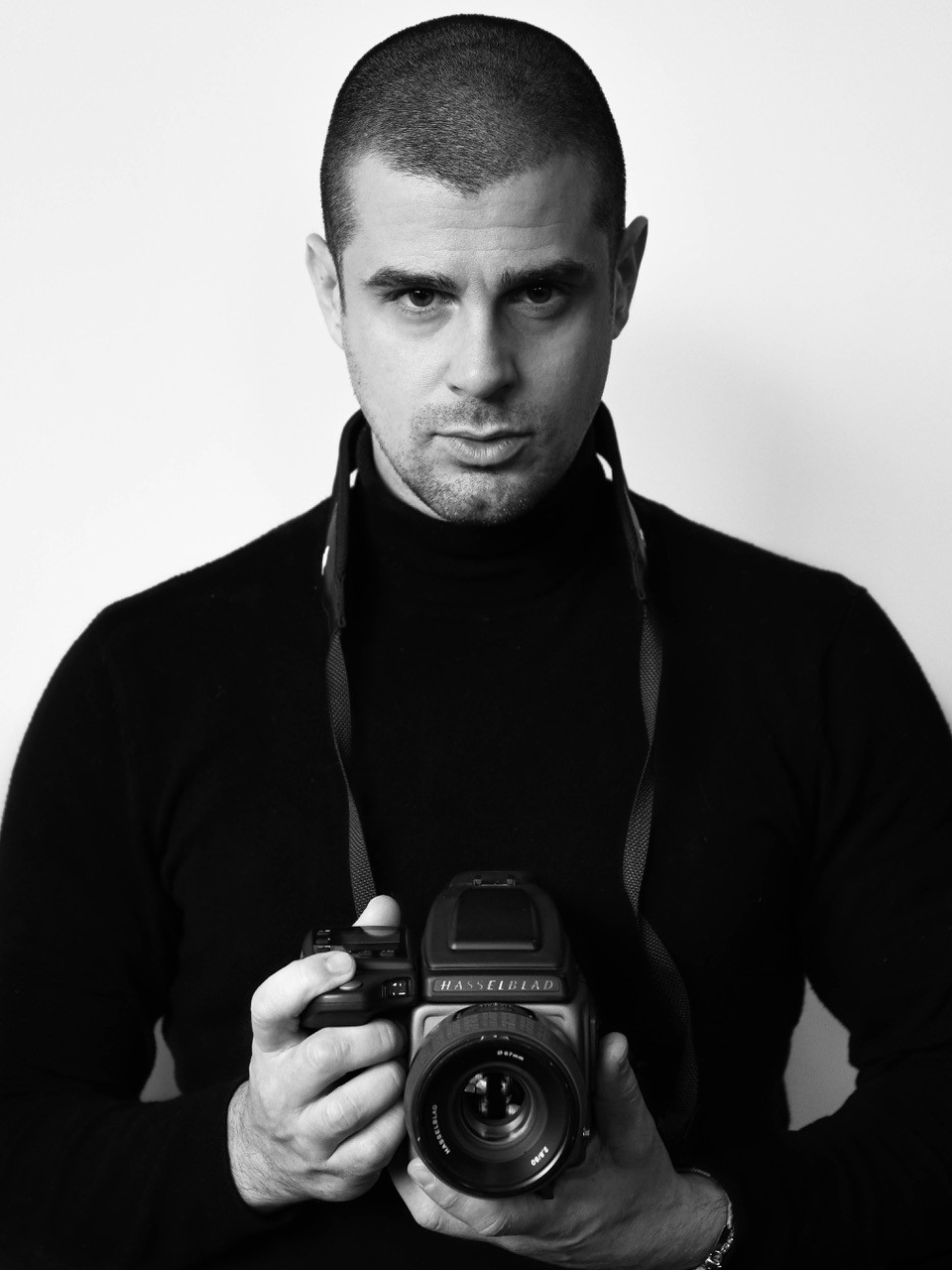The Transcendent Art of Philippe Shangti
- Flower Bomb Media Group

- Jun 6, 2023
- 4 min read
Hassane Soumahoro

We've all attended school and learned about the Renaissance, an epoch in art history that continues to shape humanity to this day. Back when I was in class, my initial reaction was, "Ok, cool you can draw." However, after a conversation with Philippe Shangti, I now understand that it's not solely about the art; it's about the mindset. The Renaissance, a centuries-old artistic period, transformed our thinking. The affluent invest in art not just for its monetary value, but also because it offers profound philosophical lessons. By understanding the mindset behind the artwork, they acquire knowledge that aids in their personal success. The influence of the Renaissance endures, and it's thanks, in part, to the prodigious intellect of Philippe Shangti.
There's a fascination with uncovering the deeper meaning of art, due to the non-verbal dialogue between the viewer and the artist. The artist, in a sense, engages in a personal conversation with their work. For Shangti, this dialogue began as an escape.
"Since I was young, I have always been different from others and struggled with expressing my feelings. Curiosity led me to the camera, a tool I found fascinating. The ability to capture and freeze a moment visually—that's remarkable, isn't it? When I arrived in St Tropez and discovered the sins of the Jetset, I decided to use my camera not to capture a slice of life but to convey a message."
This sentiment led him to conceive his acclaimed collection that symbolizes all seven deadly sins in a single work, represented by the character "Goddess of Seven." Shangti's fascination with the seven deadly sins seems to be part of his broader mission to provoke thought and critique societal issues.
Shangti's artistic style is not confined to photography alone. As a self-made artist with a curious and imaginative personality, he creates a variety of artworks including photographs, artistic concepts, and limited edition sculptures. His work is showcased in top art galleries in numerous countries, making a significant global impact.
Artists, regardless of whether they use a pen, a brush, their voice, or a lens, always incorporate a message and a history into their work. They share this message and history non-verbally. This is why successful art impacts the viewer emotionally. Shangti's artistic style, which he describes as "colorful, psychoanalytical, provocative, denunciation, prevention, an atypical messenger of modern times," engages viewers on an emotional level. His work is not meant merely to be seen but felt, aiming to reach a wide audience and impact people’s minds. By making immorality attractive to see, he challenges the viewer's mindset, gently but deeply winning hearts and minds.
He also works on projects like "Future Is Now," which demonstrates his deep belief that people's behavior today irreversibly determines the world of tomorrow. This approach and philosophy make Shangti's work not just art, but a powerful social commentary and a prediction of the future.
Shangti's solution revolves around the models and how they help convey the message, "The ingredients are crucial: I always inscribe a few words directly onto the model's skin to ensure a clear understanding of the message (ex: 'No Cocaine Here,' 'No Pollution Here'). The photography needs to be refined adhering to the standards of luxury. Then I aim to transmit emotion and sensuality. It's all about the micro details; it's very subtle. When I manage to bring these ingredients together, that's when the magic happens."
The magic certainly has happened, as Shangti's work has been exhibited in some of the world's most exclusive galleries. He considers this a true honor, remarking, "It's just amazing, I never imagined this when it all started, especially given the highly exclusive nature of this field with its numerous pitfalls."
Shangti produces some of the most sought-after art in the world, as evidenced by his recent sold-out show at Bel-Air Fine Art in Courchevel, France. "Collectors from all around the world came to meet me. The reception was extraordinary and full of surprises. The opening event lasted three non-stop hours; the gallery was filled with people, and some collectors even vied with one another to acquire certain works. It was quite a frenzy!"
When asked which of the deadly sins he would be, Shangti chuckled and admitted, "Lust, a sin in which I could easily lose myself." This self-awareness, intertwined with his artistic vision, can also be glimpsed in his provocative and glamorous universe designed to actively disturb minds. He makes immorality attractive, conveying messages through beautiful visuals rather than violent ones.
Through my conversation with Philippe Shangti, I gained an enhanced understanding of the importance of art in society, the reasons why art matters, and what defines good art. His ethos, his mission to provoke thought and critique societal issues, and his pioneering way of combining beauty with critique all culminate into an extraordinary narrative. His art goes beyond the visual, and the messages are potent. I invite you to explore Philippe Shangti's work and share the messages you glean from his creations!












Comments